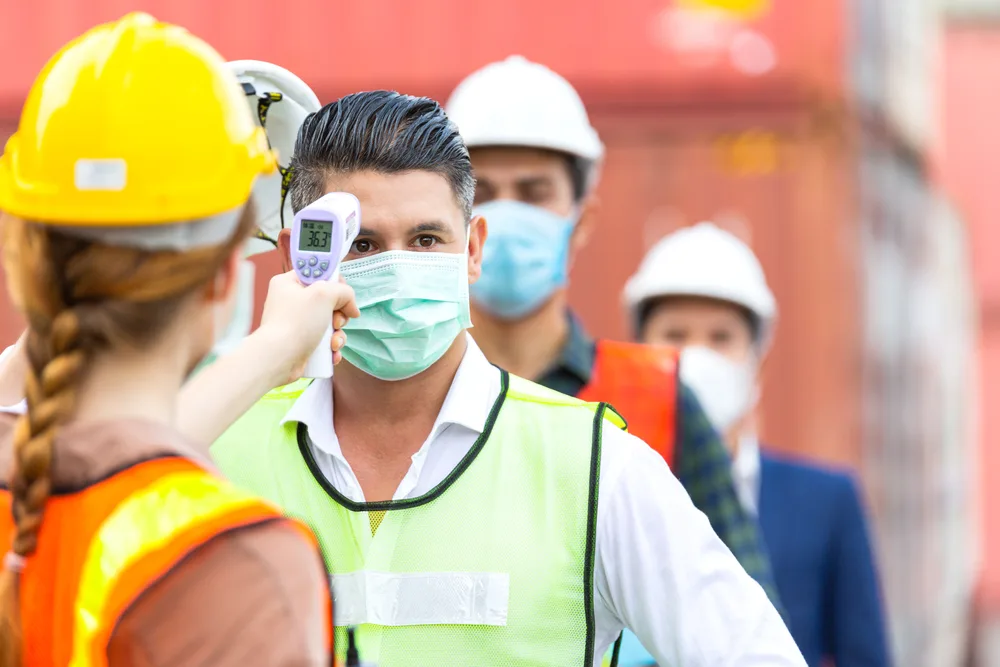Eco-Safe Practices: Managing and Preventing Contamination and Hazardous Waste Course
Introduction:
Poor storage practices of hazardous chemicals and waste, inadequate container control, the use of hazardous products when safer alternatives exist, and insufficient staff training are major contributors to environmental pollution.
Pollution manifests in various forms, including ground and surface water, land, air, radioactive materials, food, noise, molds, odors, construction, and vibration. Improper management of these pollutants leads to contamination, which in severe cases can result in significant health problems.
This five-day training on Eco-Safe Practices: Managing and Preventing Contamination and Hazardous Waste will explore the various types of contaminants, delve into methods for eradicating or mitigating them, promote the use of safe non-hazardous alternatives, and examine environmentally sound disposal practices for both hazardous and non-hazardous waste.
Objectives:
At the conclusion of this Eco-Safe Practices: Managing and Preventing Contamination and Hazardous Waste course, participants will be able to:
- Handle various contamination issues and assess their relevance to the organization.
- Facilitate and engage in discussions on specific contamination problems within organizations and establish sub-regional networks in the GCC region.
- Become familiar with relevant treaties on environmental contamination and pollution.
- Understand a systematic approach to prioritize contamination issues in waste management strategies.
- Identify the close relationship between environmental pollution and human health.
- Review remediation methods for soil, water, air, construction material contamination, and radioactive pollution.
Training Methodology:
- Workshop presentations
- Group discussions
- Case study analysis
- Field simulations
- Peer assessments
- Training sessions
- Risk evaluation activities
Course Outline:
Unit 1: Brief History of Contamination and Introduction to Hazardous Wastes
- Definition of contamination and its impact on people.
- Research on the relationship between various forms of contamination.
- Overview of global environmental problems related to contamination.
- Introduction to global policies and conventions addressing contamination.
- Role of UNEP’s Toxic 12 Ingredients list.
- Importance of environmental laws and the distinction between hazardous and non-hazardous waste.
- Understanding the link between contamination and hazardous waste disposal.
Unit 2: Management of Contamination and Hazardous Wastes
- Relationship between occupational health and contamination.
- Waste disposal policy documentation and hazardous waste management.
- Common elements and significance of hazardous waste management.
- Introduction to WHMIS and MSDS.
- Global Harmonized System application.
- Contamination audits and waste disposal location management.
Unit 3: Contamination and Pollution Prevention
- Pollution from exploration and production activities.
- Case analysis: Gulf of Mexico oil slick incident, April 2010.
- Advances in tanker design to prevent oil spills.
- Pollution sources related to oil and emissions from developing countries.
- Emerging concepts: ZLD and ZW, their limitations and benefits.
- Technological solutions to bird droppings issues.
Unit 4: Pollution Prevention Planning and Contingency Planning for Major Incidents
- Lifecycle management of materials within a company.
- The 5Rs: reduce, reuse, recycle, recover, and rethink.
- Special emphasis on hazardous materials storage.
- Regular emergency plan renewal and training.
- Updates on ISO 14001, 18001, and 9001 standards.
- Environmental audit types.
Unit 5: Big Picture Review of Contamination and Hazardous Waste Management
- Hazard identification (HAZID) and risk assessment.
- HAZOP analysis for technological development and operational modifications.
- Environmental ethics case study.
- Climate change and its impact on Gulf Coast countries.


















